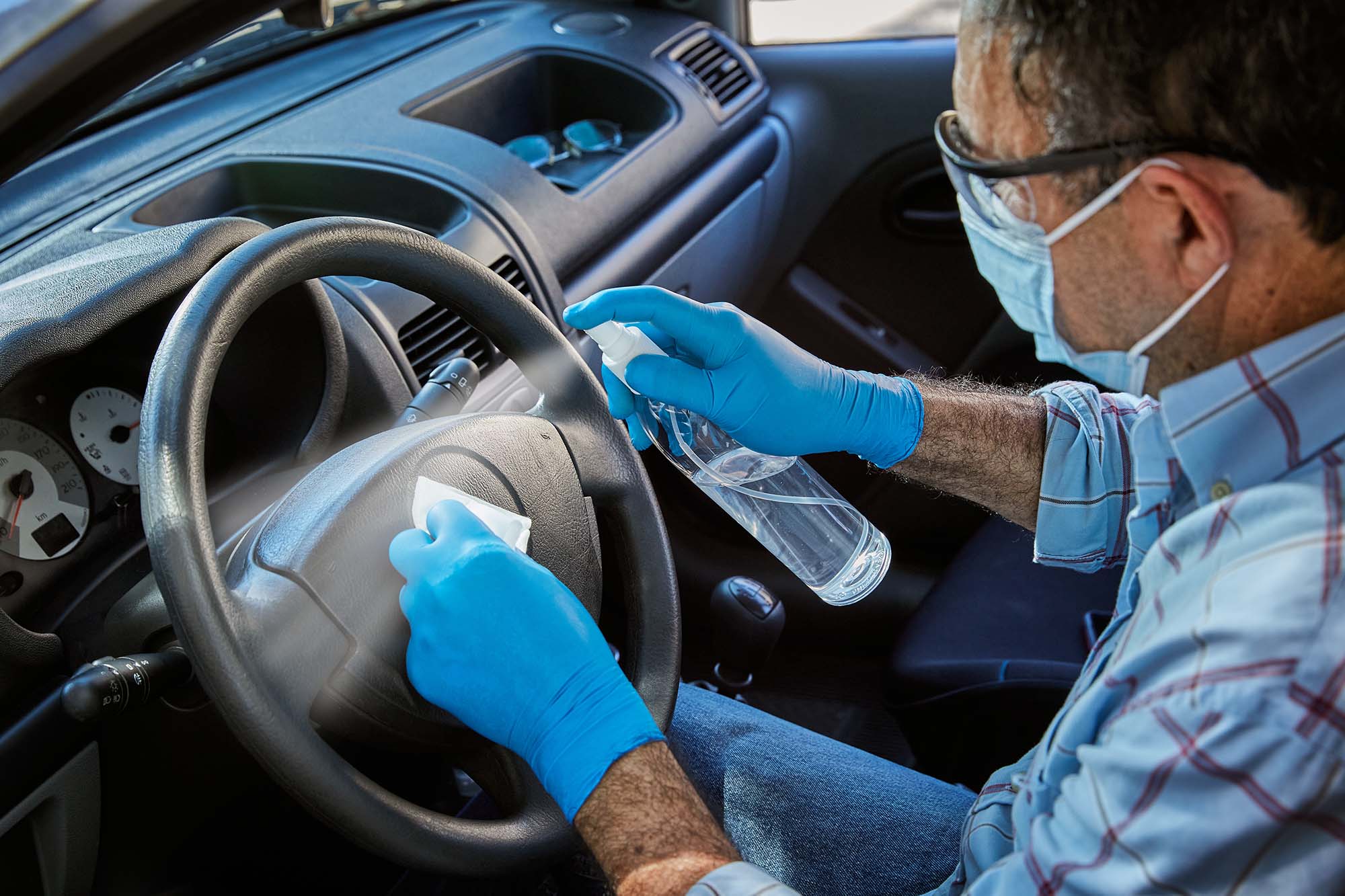How to Get Mold Out of a Car
Clean it up, dry it out, and prevent this potentially toxic growth from coming back.
 Getty Images
Getty Images
Blame Moisture for the Mold Smell in Your Car
Mold requires moisture to grow, which means if you have discovered it in your vehicle, it's time to dry things out.
There are numerous reasons why your car's cabin might be more damp. A leaking sunroof or convertible top might be the culprit, but a window left cracked during a rainstorm, spilled drinks, or a damp storage environment can all create enough moisture to encourage mold growth.
The first step in cleaning mold from a vehicle is to thoroughly dry it out. Sop up any puddles or condensation, then lower the windows and use a fan to increase airflow and help the drying process. Parking in the sun is also a good idea. A dehumidifier can help remove moisture, too.
Make sure to avoid the circumstances that led to the moisture buildup in the first place to keep it dry for the long term.
Stay Safe While Cleaning
Before you start cleaning, it's important to keep in mind that mold can be toxic. Avoid directly touching or inhaling it.
In terms of tackling mold-infested areas, the Centers for Disease Control and Prevention recommends wearing eye protection, gloves, and an N95 respirator approved by the National Institute for Occupational Safety and Health.
Cleaning mold isn't recommended if you have asthma, allergies, or other pulmonary issues. It can be best to reach out to a professional detailer.
Effective Products for Cleaning Mold Out of Cars
There are a number of natural cleaners that will take care of mold in a car. A solution of white vinegar and water is a common go-to, as is baking soda, which can draw out moisture and help neutralize moldy smells.
Cleaning with vinegar involves spraying the area, allowing it to penetrate for 15 minutes or so, then scrubbing off the mold. Using baking soda relies on applying, waiting, and then removing the residue. Vinegar and baking soda can be used on leather, cloth, and vinyl surfaces.
There are also commercial automotive cleaners that will get rid of mold in a car. Specifically, look for one with anti-microbial properties.
Spray, soak, and brush with this kind of product for the best results. In addition, there are enzyme-based cleaning products that break down mold, although you can help the process by using a soft brush on more built-up areas.
Some people use a vacuum cleaner to suck up as much mold as possible prior to scrubbing. If you do this, make sure the vacuum has a HEPA filter so you don't accidentally spray mold particles into the car and surroundings.
Written by humans.
Edited by humans.
 Benjamin Hunting
Benjamin HuntingBenjamin Hunting is a writer and podcast host who contributes to a number of newspapers, automotive magazines, and online publications. More than a decade into his career, he enjoys keeping the shiny side up during track days and always has one too many classic vehicle projects partially disassembled in his garage at any given time. Remember, if it's not leaking, it's probably empty.
Related articles
View more related articles